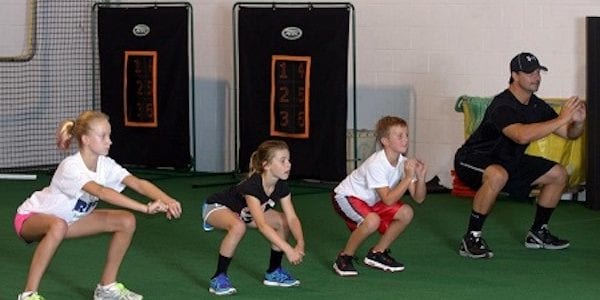
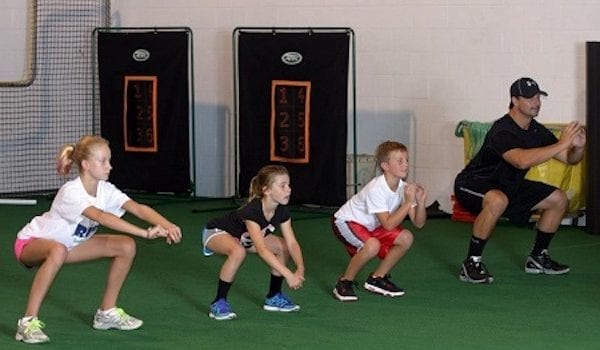
Six Tips for ACL Injury Prevention in Young Female Athletes
CalHiSports Insights April 18, 2012 Tim Rudd 0

In celebrating the release of my new book, “The Definitive Guide To Youth Athletic-Strength, Conditioning and Performance”, I want to cover Female ACL injury prevention strategies. It has it’s own chapter in the book called, “Six Strategies For Preventing ACL Injuries Among High School Aged Female Athletes”.
This book is in coordination with the IYCA (International Youth Conditioning Assn.) and 21 leading experts in the youth strength and conditioning field.
When it comes to ACL injuries both genders can be injured, this isn’t just a female thing. Still, female ACL injuries do occur at a greater degree, especially at the high school level.
Female Athletes at Greater Risk for ACL Injury
The fact is that there are more than 100,000 ACL injuries per year in the United States alone, and 30,000 of these are females of high school age. That’s 30% of all ACL injuries in the U.S.! This is a scary stat that can’t be ignored, and as a parent or coach this should be of great concern to you.
So why are young female athletes so prone to ACL injuries? And what prevention strategies must be taken to ensure your young athlete doesn’t become another ACL injury statistic?
Let me quickly cover the gender factor, something that is God given and can’t be changed. Female athletes have wider hips, putting a higher valgus stress angle on their knees (knees inward), a stress that is the major factor of most non-contact ACL injuries. Now without an appropriate training program, this genetic factor can be a major factor in the unusual high number of ACL injuries.
Females, who are weak due to bad training programs, tend to be more quadricep dominant, something we don’t want when talking about protecting the knee. So basically the front leg muscles (quad muscles) of the leg are much stronger than the back muscles of the legs and hips (hamstring and butt muscles) which are important for knee stability and the ability to safely and efficiently change direction.
Six Tips for ACL Injury Prevention
When we’re talking ACL injury reduction strategies, all of the components below must be integrated into your young athletes training programs. You will find that a great training program is a great ACL injury prevention and rehab program. Here are the six strategies I use with all my young athletes, male or female…
1) Active Warm-up
2) Power and Stability- Eccentric as Foundation i.e.: Landing Skills
3) Strength
4) Change of Direction Concepts
5) Change of Direction Conditioning
6) Nutrition
Basically, it comes down to functional training — a much misunderstood term. Trainers must understand how the body works and apply that knowledge to their young female athletic training program.
Sports are played on a single leg, and a trainer must understand the functional anatomy on a single leg and the needed pelvic stability to properly prepare your young athlete for the demands of their sport, not only for increased speed, power and agility, but most importantly for injury prevention.
Power is not gender specific. Trainers lower the bar for female athletes resulting in bad eccentric strength, which in turn makes them bad decelerators and greatly increases potential for an ACL injury.
Trainers need to stop lowering the bar for female athletes. They would be surprised what female athletes are capable of by empowering them to get stronger and more powerful. By implementing these strategies, you can be confident your athlete won’t become another ACL injury statistic.
All images, video courtesy IYCA
[bsa_pro_ad_space id=23]

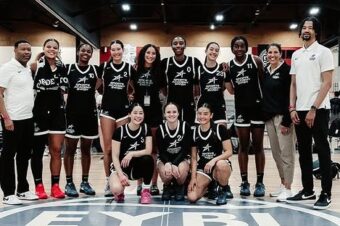
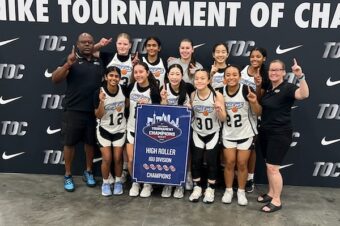
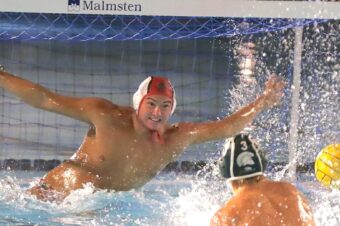
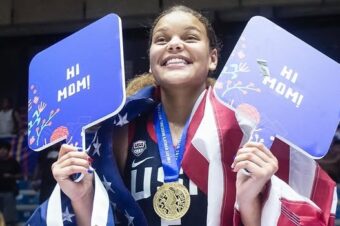
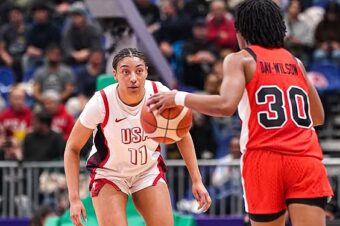
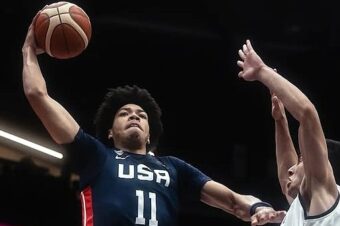
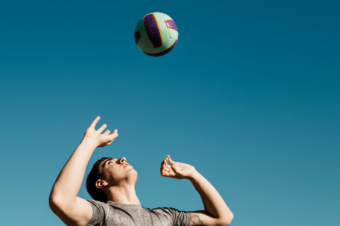
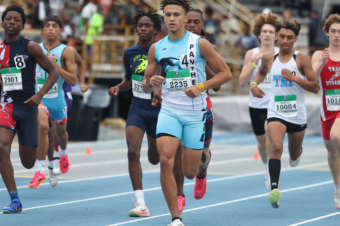
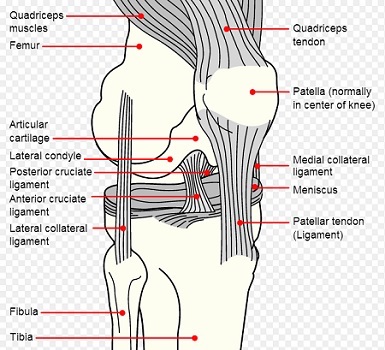
No comments so far.
Be first to leave comment below.